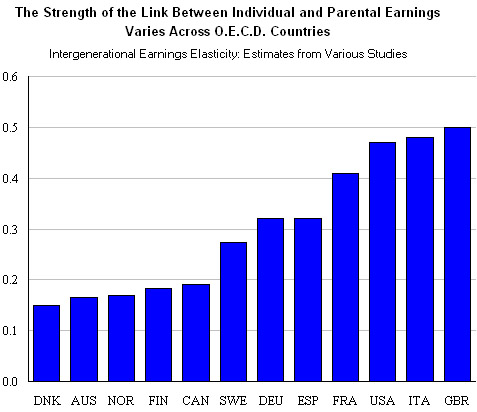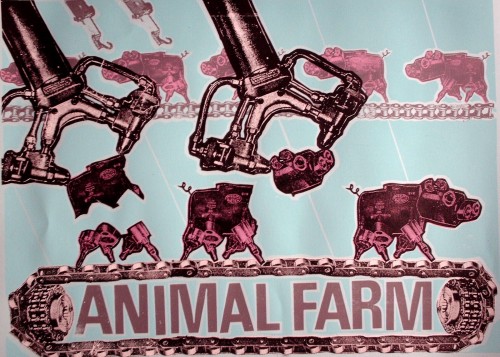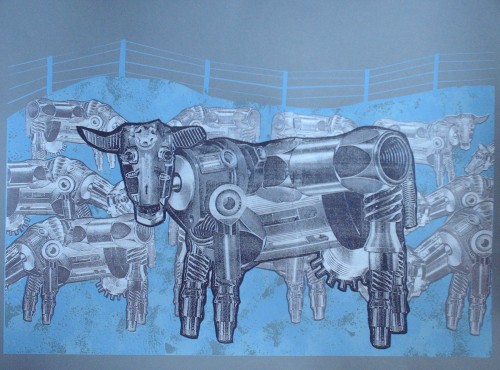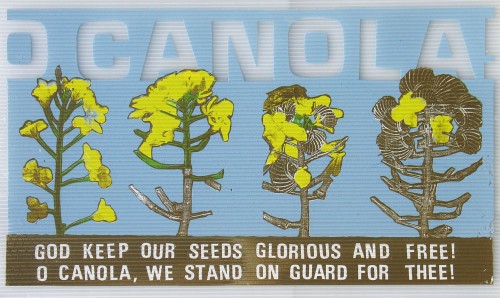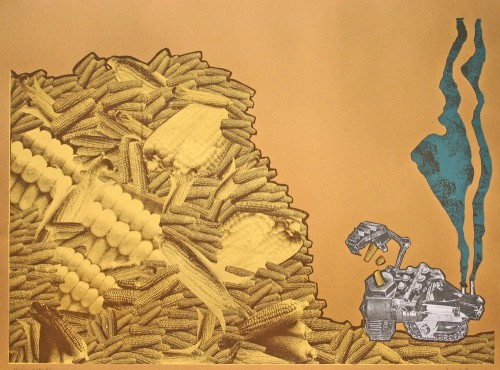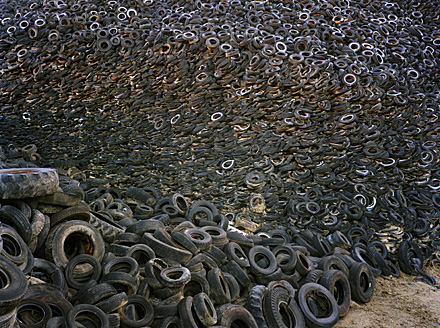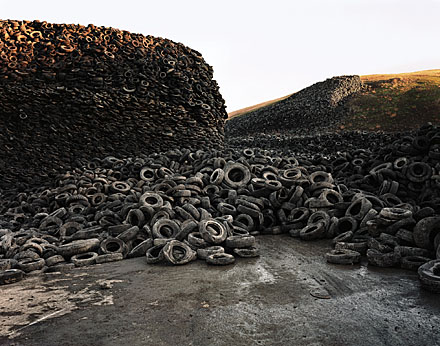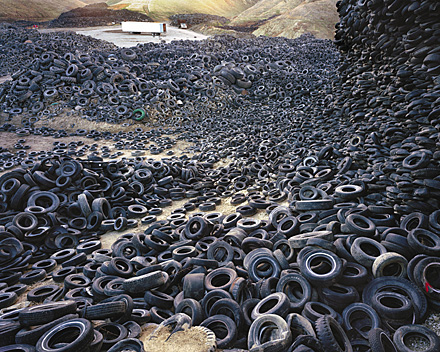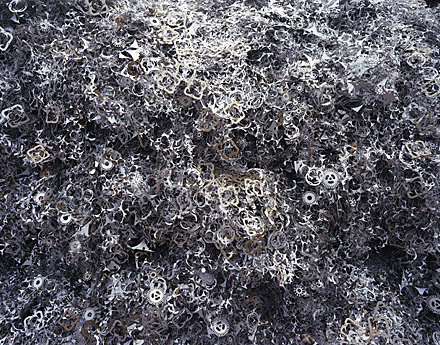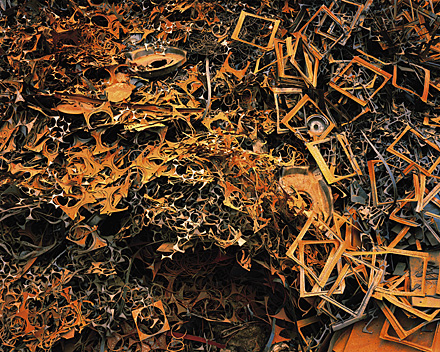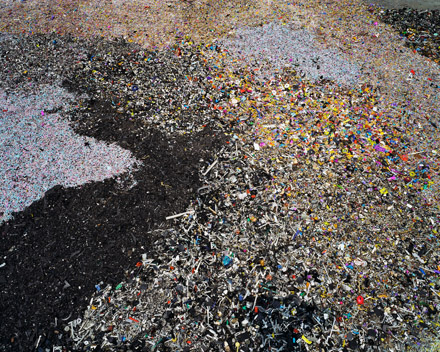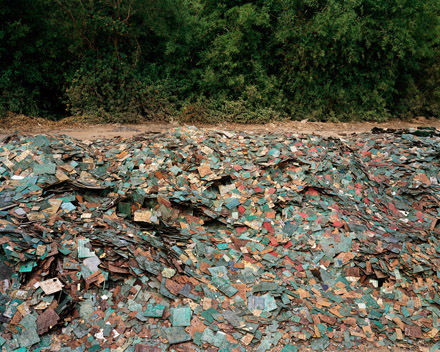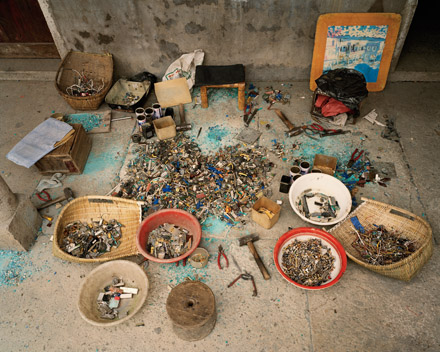Michelle DuB. sent in some data from the Toronto Star, showing that blacks are more likely than whites to be stopped by police in every single patrol zone except for one. The disproportion was even high in mostly white areas; they were stopped up to 17 times as often (darker red is most disproportion):
Click here for a video showing what some citizens and a bunch of Toronto police have to say.
See also our posts showing how the stopping of people on the street usually results in… nothing (other than people feeling harassed) and how racial profiling turns out to be ineffective anyway.
Lisa Wade, PhD is an Associate Professor at Tulane University. She is the author of American Hookup, a book about college sexual culture; a textbook about gender; and a forthcoming introductory text: Terrible Magnificent Sociology. You can follow her on Twitter and Instagram.


